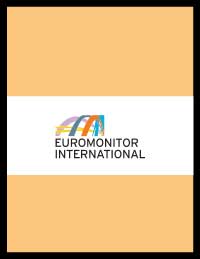Retail value sales of luxury goods in Australia are notably slowing in 2024 compared to the double-digit growth rates of the previous two years. Nevertheless, growth is largely driven by premiumisation, as discerning shoppers become even more finely tuned to the timeless quality and value encapsulated by luxury purchases. On the other hand, retail volumes are substantially down year-on-year in premium and luxury cars, luxury jewellery, luxury timepieces, fine champagne, and luxury wearables elec...
Euromonitor International’s Luxury Goods in Australia report offers a comprehensive guide to the size and shape of the Luxury Goods market at a national level. It provides the latest retail sales data, allowing you to identify the sectors driving growth. It identifies the leading companies, the leading brands and offers strategic analysis of key factors influencing the market and their effects on Luxury Goods retailing along with the development of consumers’ shopping patterns. Forecasts to 2028 illustrate how the market is set to change
Product coverage: Experiential Luxury, Fine Wines/Champagne and Spirits, Personal Luxury, Premium and Luxury Cars.
Data coverage: market sizes (historic and forecasts), company shares, brand shares and distribution data.
Why buy this report?
* Get a detailed picture of the Luxury Goods market;
* Pinpoint growth sectors and identify factors driving change;
* Understand the competitive environment, the market’s major players and leading brands;
* Use five-year forecasts to assess how the market is predicted to develop.
Euromonitor International has over 40 years’ experience of publishing market research reports, business reference books and online information systems. With offices in London, Chicago, Singapore, Shanghai, Vilnius, Dubai, Cape Town, Santiago, Sydney, Tokyo and Bangalore and a network of over 800 analysts worldwide, Euromonitor International has a unique capability to develop reliable information resources to help drive informed strategic planning.



